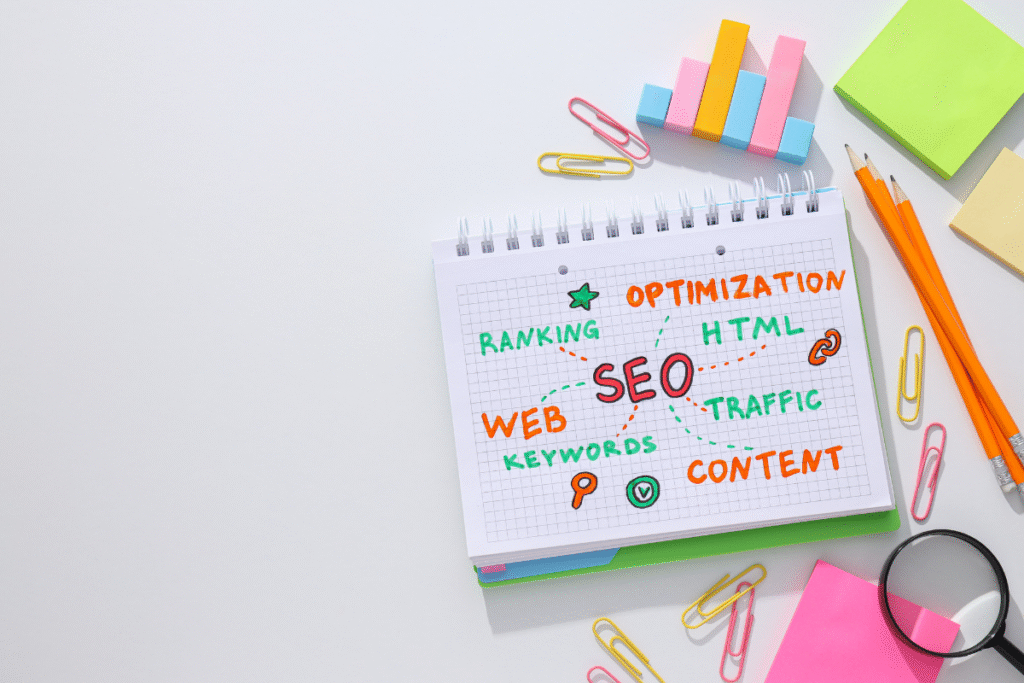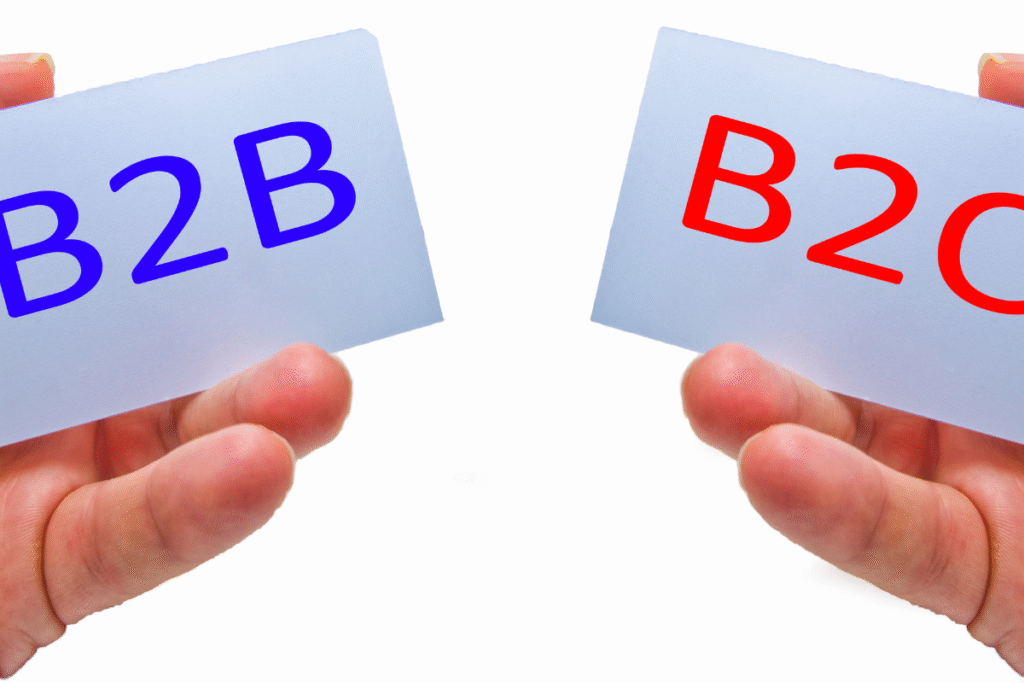Most new business owners are not able to recognize the difference between B2B and B2C marketing. Such owners utilize the same strategies for both types of marketing and at the end wonder why the results are poor.
B2B (Business-to-Business) and B2C (Business-to-Consumer) marketing come with very different objectives, have completely different vocabulary, and the way customers travel is not the same. The difference between the two will help you create a plan that reaches the right people and brings real results.
This post spells out the differences clearly, with illustrations, advice, and a scheme. It is a map for smarter marketing, if you are a new user or fixing a weak strategy.
Key Takeaways
- B2B and B2C serve different buyers: One focuses on companies, the other on individual customers.
- Messaging and sales cycles vary: B2B is longer, more logical; B2C is shorter, more emotional.
- Your marketing must match your buyer: Right strategy builds trust, cuts waste, and increases conversions.
What Is B2B Marketing?
B2B marketing is aimed at other businesses, rather than at individual consumers.
B2B marketing is the sale of goods or services to other businesses. You provide a business with the necessary means, services, or products that enable it to function better. For instance, selling office supplies, software, or machinery. The process of buying is usually longer and more people are involved in making the decision.
Key Traits of B2B
- Longer sales cycles
- Focus on logic, ROI, and efficiency
- Often requires custom pricing or solutions
- Involves multiple people (finance, operations, management)
Example:
A business supplying law firms with cloud storage is a B2B one. The buyer, instead of pampering himself with catchy ads, he needs
What Is B2C Marketing?
B2C marketing is aimed at individual buyers who make personal purchases. B2C stands for Business-to-Consumer. You’re dealing with one person, not a team. The things that people buy are usually much quicker and more emotional people focus on what’s fun, useful, and cool.

Key Traits of B2C:
- Brief purchase process
- Focusing on benefits, needs, and comfort
- More emotional connection
- The brand loyalty and frequency of purchases are crucial
Example:
In case one shoe company sells directly to buyers through Instagram ads, they are doing B2C marketing. 81% of consumers do online research before buying.
B2B vs. B2C: What’s the Real Difference?
B2B and B2C are different because of the audience, decision-making, messaging, and channels. Many startups confuse B2B and B2C, thereby wasting money and missing their audience.
Companies that are just starting out usually mimic the actions of big brands without considering if that works for them. Nevertheless, a strategy that brought success to Coca-Cola might not be suitable for your B2B service.
Accountants who would like only clear and proven information probably a software business that uses memes and flashy videos will not win their confidence over.
A B2C brand that behaves too formally and stiffly will most probably irritate the buyers who are looking for something fun and quick. A wrong fit means a weak impact.
Expert Quote: “The most expensive mistake in marketing is talking to the wrong person in the wrong way.” — Neil Patel, Marketing Expert
Tip: First, create a clear Ideal Customer Profile (ICP). It assists in the identification of tone, message, and channels.
1. Messaging: Logic vs. Emotion
B2B is the market that talks about efficiency, growth, and cost. B2C sells convenience, fun, and feelings.
- B2B buyers ask: “Will this make my job easier or my business grow?”
- B2C buyers ask: “Will this make me happy or solve a problem fast?”
Use the right voice. B2B theoretically is more into a case study. B2C, on the other hand, is more about a catchy video.
Example:
- B2B: “Our tool saves your team 8 hours a week.”
- B2C: “Enjoy more time with family—our app helps you plan meals in seconds.”
95% of purchase decisions are subconscious. Even B2B buyers respond to emotional cues, but they still need logic.

2. Channels: Where to Reach Your Audience
B2B and B2C use different platforms and tools. B2B marketers lean on LinkedIn, email campaigns, whitepapers, and webinars. They often send direct proposals or network in industry events.
B2C marketers use TikTok, Instagram, Facebook, and YouTube. Visuals, influencer reviews, and paid ads work well here.
Tool Tip:
- B2B CRM: HubSpot, Salesforce
- B2C Tools: Shopify,
3. Funnels: From Awareness to Retention
B2B funnels tend to be longer and require more follow-ups, whereas B2C is a quicker pace, but repeat purchases are of greater importance.
B2B Funnel:
- Awareness: Blogs, SEO, LinkedIn
- Interest: Case studies, webinars
- Decision: Demos, free trials
- Purchase: Proposals, sales calls
- Retention: Account managers, upsells
B2C Funnel:
- Awareness: Social media, influencers
- Interest: Videos, reviews
- Decision: Discounts, urgency
- Purchase: 1-click checkout
- Retention: Loyalty programs, emails
Visual Tip: To illustrate, one could also show funnel shapes where B2B is narrow and tall and B2C is shorter and wider.

4. Content Strategy: Educate vs. Entertain
B2B companies are in the education business. B2C are in the entertainment business or help with personal needs.
B2B blogs provide the answer to the question, “How do I cut software costs?”.
B2C content might provide “What hairstyle fits my face?” to a person’s question.
The tone of voice also plays
Example:
- B2B: SaaS platform with monthly billing based on features
- B2C: $15 phone case
Insight: Unclear prices can lead to a loss of trust in both business models. Try to be as clear as possible.
KPIs: What to Measure
Different models have different objectives. B2B is more interested in tracking leads, demos, and deals, while B2C is more interested in tracking views, sales, and returns.
B2B:
- Qualified leads
- Proposal-to-close ratio
- Customer
Mistakes to Avoid
Don’t mix tactics unless your audience overlaps. Don’t ignore buyer behavior.
Common errors:
- Using TikTok for B2B with no plan
- Sending long whitepapers to B2C shoppers
- Having no buyer persona
Tip: Match tone, tool, and message to your real audience.
When a Business Is Both B2B and B2C
Some companies serve both, but need clear lines. A business can sell to both groups, but it must use separate channels and messages.
Example: Canva offers design tools for solo users (B2C) and full teams (B2B Pro accounts).

Frequently Asked Questions About B2B vs B2C Marketing
1. Can a firm be both B2B and B2C?
Sure. A number of companies are the ones which serve both. But they must be treated as separate entities and written with clarity.
2. Which is a tougher one: B2B or B2C?
Every one of them has their own difficulties. B2B has more complex sales. B2C is more emotional in nature.
3. Are B2B buyers more loyal?
Without a doubt, they are in most cases. The reason is that it is difficult for them to change vendors. But, of course, trust is very important.
4. Do B2C buyers consider the brand story important?
Quite a lot. Especially, when talking about generations Z and Y, which are the most environmentally conscious and societal responsibility-demanding ones.
5. What is the biggest mistake small businesses make?
B2B and B2C strategy mix. Weak messaging and poor results are the consequences of it.
6. Is SEO important for both B2B and B2C?
Indeed it is. However, B2B is more focused on detailed content, whereas B2C is more suitable for visually rich and short contents.
7. How should I pick the right marketing tools?
Start with your audience. Then test tools that match their habits. Don’t just follow trends.
Final Words
B2B and B2C are more than just buzzwords. They shape how you speak, sell, and grow. Small businesses that get this right connect better, waste less, and grow faster.
Your next step: define your buyer clearly. Then speak their language, on their platform, with content that meets their needs.